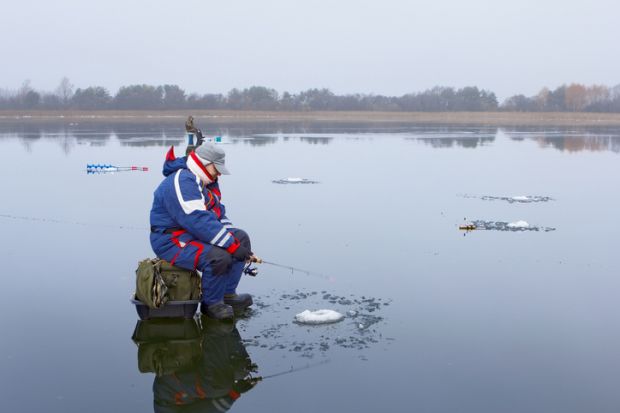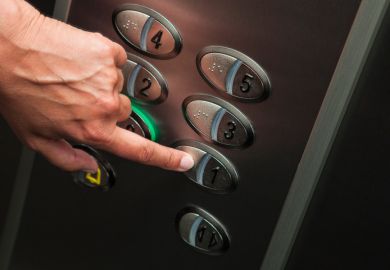Statistics showing a drop-off in university applications in Australia indicate that the government’s freezing of teaching grants was unnecessary, experts suggest.
But the freeze may have been a blessing in disguise for the universities most threatened by the uncapped funding system because it made it harder for more prestigious institutions to expand at the expense of their less attractive rivals.
The government figures, the first comprehensive data covering activity since teaching funding was frozen at 2017 levels in December, show that universities’ reactions have been mixed.
They could have been expected to reduce the number of places offered, to avoid the financial impost of teaching unsubsidised students. But 16 of the 38 universities increased their offers, and 18 raised their offer rates – suggesting that they were less selective about the students they accepted.
Half of the prestigious Group of Eight institutions became less choosy in the face of declining applications from would-be students. At the other end of the spectrum, offer rates at three universities rose above 100 per cent, up from one university in 2017.
Offer rates can exceed 100 per cent when universities offer places to students who have listed other institutions as their first-choice destinations. In other words, the three universities made ends meet by harvesting rivals’ rejects.
And while the Australian Catholic University was the only institution to substantially change its admissions in response to the funding cap, quickly axeing more than 30 courses, ACU offers declined by a relatively modest 5 per cent. Steeper cuts in offers occurred at 12 other universities.
The figures suggest that students’ appetite for higher education, rather than institutions’ capacity to deliver it, was the most influential factor in this year’s student intake. The overall number of student applications fell by more than 14,000, or 4.1 per cent, compared with 2017.
Universities compensated by increasing their offer rate by 1.5 percentage points to 84 per cent, but still found themselves offering almost 7,000 fewer places than last year.
Tertiary education analyst Mark Warburton said this showed that external factors, rather than policy settings, often had the greatest impact on students’ behaviour.
He said that Australia’s improving labour market conditions were likely to have lured potential students away from higher education.
But he noted that applications had fallen most among students from disadvantaged backgrounds, suggesting that issues such as stagnant wages, the declining value of income support payments and skyrocketing housing costs may also have made people reluctant to spend on education.
Conor King, executive director of the Innovative Research Universities mission group, said that the decline in applications had occurred mainly among older people rather than recent school-leavers. He said that negative commentary about the value of degrees, and government criticism of universities for accepting students with poor school results, may have dampened enthusiasm.
The figures suggested that the freezing of teaching grants was unwarranted, Mr King said. “They capped the demand-driven system when they probably didn’t need to because the system was capping itself.”
Register to continue
Why register?
- Registration is free and only takes a moment
- Once registered, you can read 3 articles a month
- Sign up for our newsletter
Subscribe
Or subscribe for unlimited access to:
- Unlimited access to news, views, insights & reviews
- Digital editions
- Digital access to THE’s university and college rankings analysis
Already registered or a current subscriber?








